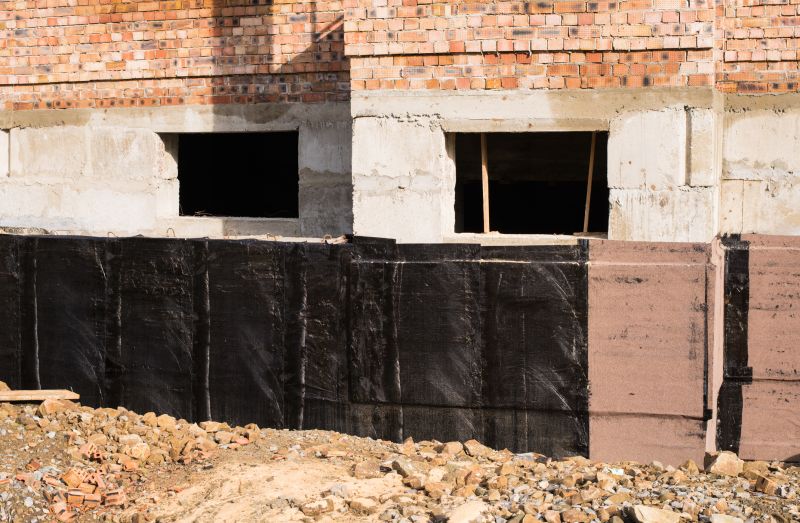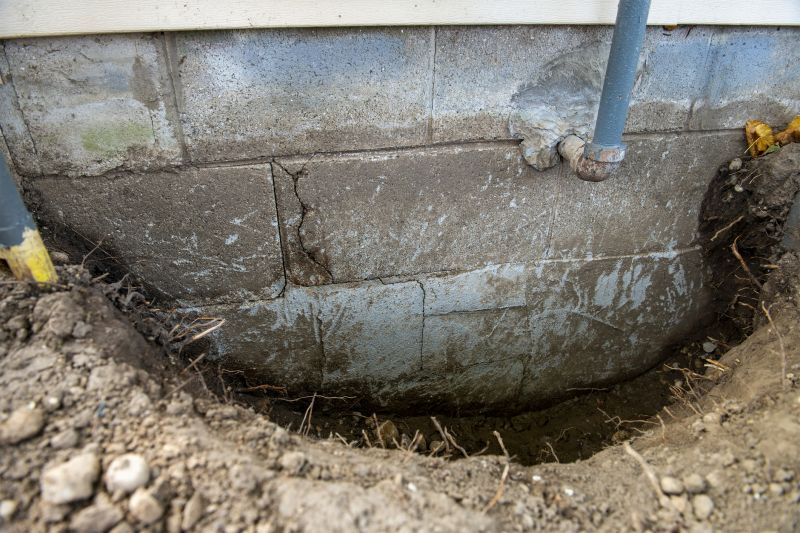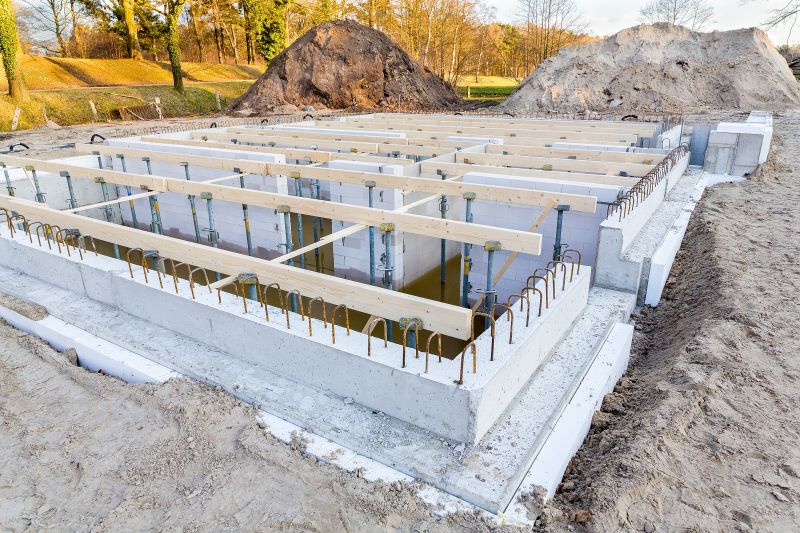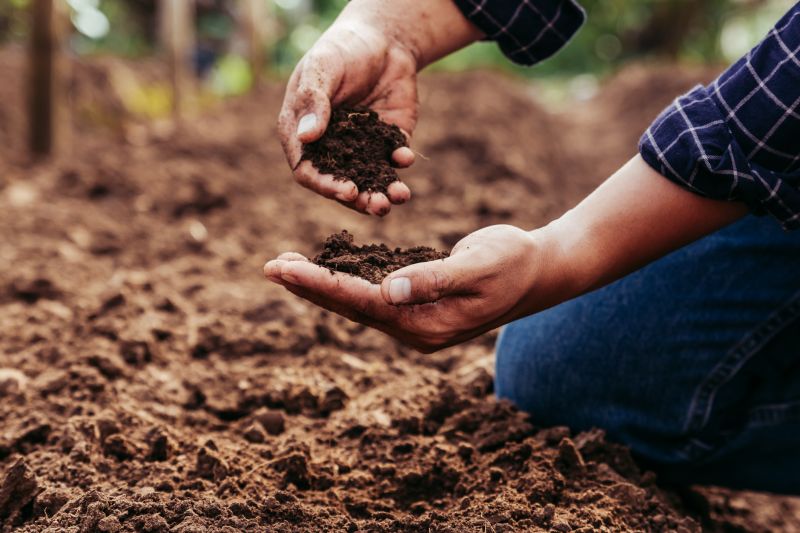Best Times for Foundation Repairs
Foundation repairs are most effective when performed during specific times of the year, depending on weather conditions and soil stability. The optimal period typically falls during mild and dry seasons, which allow for proper curing and stabilization of repair materials. Planning repairs during these times can help ensure long-lasting results and minimize complications caused by extreme weather.
Spring offers moderate temperatures and increased soil moisture, which can facilitate foundation work. However, the potential for rain may delay certain repair activities.
Summer provides warm, dry weather ideal for foundation repairs. Longer daylight hours also allow for flexible scheduling.
Fall often features cooler temperatures and less rain, making it a suitable time for foundation work before winter sets in.
Winter is generally not recommended for foundation repairs due to freezing temperatures and frozen ground, which can hinder effective work and curing.

A team working on foundation stabilization during favorable weather conditions.

Soil is prepared and reinforced to support foundation repairs effectively.

A residential foundation after repairs, showing structural stability.

Ways to make Foundation Repairs work in tight or awkward layouts.

Popular materials for Foundation Repairs and why they hold up over time.

Simple add-ons that improve Foundation Repairs without blowing the budget.
| Season | Ideal Conditions |
|---|---|
| Spring | Moderate temperatures, increased soil moisture, potential rain delays |
| Summer | Warm, dry weather, longer daylight hours |
| Fall | Cooler temperatures, less rain, pre-winter |
| Winter | Freezing temperatures, frozen ground, generally unsuitable |
Foundation repairs involve addressing issues such as settling, cracking, and shifting that compromise structural integrity. These repairs often include underpinning, piering, and stabilization techniques tailored to soil conditions and the extent of damage. Proper timing ensures materials cure correctly and that repairs withstand environmental stresses, reducing the likelihood of future problems.
Statistics indicate that performing foundation repairs during optimal seasons can extend the lifespan of the repair work by several years. Delaying repairs until adverse weather conditions can lead to increased costs and more extensive damage. Regular inspections and timely interventions are crucial for maintaining the stability of a property’s foundation.

Visible cracks indicating settlement issues.

Support piers installed to stabilize the foundation.

Assessing soil conditions before repairs.

Foundation after repairs with reinforced support.
Interested property owners are encouraged to contact for foundation repair assessments and planning. Proper timing and professional evaluation can help prevent further structural issues and ensure the longevity of the property.

